Here is the church, here is the steeple, open the doors and see all the people. It may be a nursery rhyme, but the first part of that old children’s song speaks volumes at the Our Lady of Mercy Catholic church, where the people are everything.
The church has been more than a home to God ― or to a rich history ― it’s been home to diverse of cast parishioners since 1911.
Our Lady of Mercy in Albany Park has seen the community change along with the parishioners who come through its doors. From Germans to Swedes and from Filipinos to Latinos, all different kinds of people have worshiped at the parish. From its 4432 N. Troy location, the parish acts as the heart of a residential, commercial and bilingual community.
Office administrator for Our Lady, Suzanna Guzman, described what the parish demographics currently look like. She said that 50 percent is Hispanic and Latino, 20 percent is Filipino and the other 30 percent is made up of other ethnicities. In comparison, the 2016 U.S Census found Chicago’s Latino population to be slightly over 29 percent.
“I think it’s a strength,” Guzman said. “We see different ways of doing things. We understand more things through them.”
With such a large Hispanic population, Masses in Spanish are necessary Guzman said. In addition to scheduling multilingual sermons, the church also prints copies of their weekly bulletin in Spanish, which includes notes from last week’s mass, deceased or ill parish members, a prayer from Rev. Nicholas Desmond and a list of services the parish provides. Among these services is a recommendation for a job, school or immigration papers.
Until 1964, Masses were only in Latin.
John Byrne, 65, who was born, studied and was an altar boy for the church said the old Latin sermons were conducted with the priest’s back to the pews.
“He would be talking in Latin and the people couldn’t hear him,” Byrne said while standing outside of the 107-year-old parish.
The church moved away from Masses in Latin after The Second Vatican Council [Vatican II] formed in the 1960’s. The Rev. Eddie De Leon, assistant professor of pastoral ministry and preaching, director of intercultural outreach at the Chicago Theological Union explained Vatican II as a council that addressed the church and modern world issues.
“Many documents were born out of these conversations and agreements,” De Leon said. “Regarding worship, the decision was agreed upon to use the vernacular, the language of the local church. The priest also began to face the people rather than giving his back as he faced east. Also, from this Council came documents regarding the dignity of work, just wages, etc. Social justice was also a key message.”
One of those issues was language, and what the Catholic Church could do to allow a greater accessibility to faith and prayer. The diversity of the church needed to be embraced and doctrine to be updated. Expanding Masses to include more languages was a solution to this problem.
“You see, for example, how the countless different languages of peoples existing today were admitted for the liturgical expression of men’s communication with God and God’s communication with men,” Pope Paul VI said in his 1965 speech to the council.
The parish today has Masses in English, Spanish and for certain events, Filipino.
Leonardo Rivera, 20, a lifetime and second generation parishioner, said he’s seen the diversity at Mass his whole life.
“Sometimes my family and I would go to bilingual Masses and that is where you see the diversity,” Rivera said.
“One of the differences me and my sister have noticed was that church has gotten a lot shorter, which is mostly because of the priest,” Rivera said. “He [former Rev. Tito] would have hour and a half long Masses and for me that was the norm.”
Masses now led by the Rev. Desmond average 30 minutes.
Along with recognizing the need to erase the language barrier and also build bridges with the immigrant community, De Leon faces taking the Catholic Church into the future.
“There are certainly many different types of struggles that Latinos face when first coming to the U.S.,” De Leon wrote in an email interview. “Among them are culture, language, employment and the prejudice of many towards immigrants.”

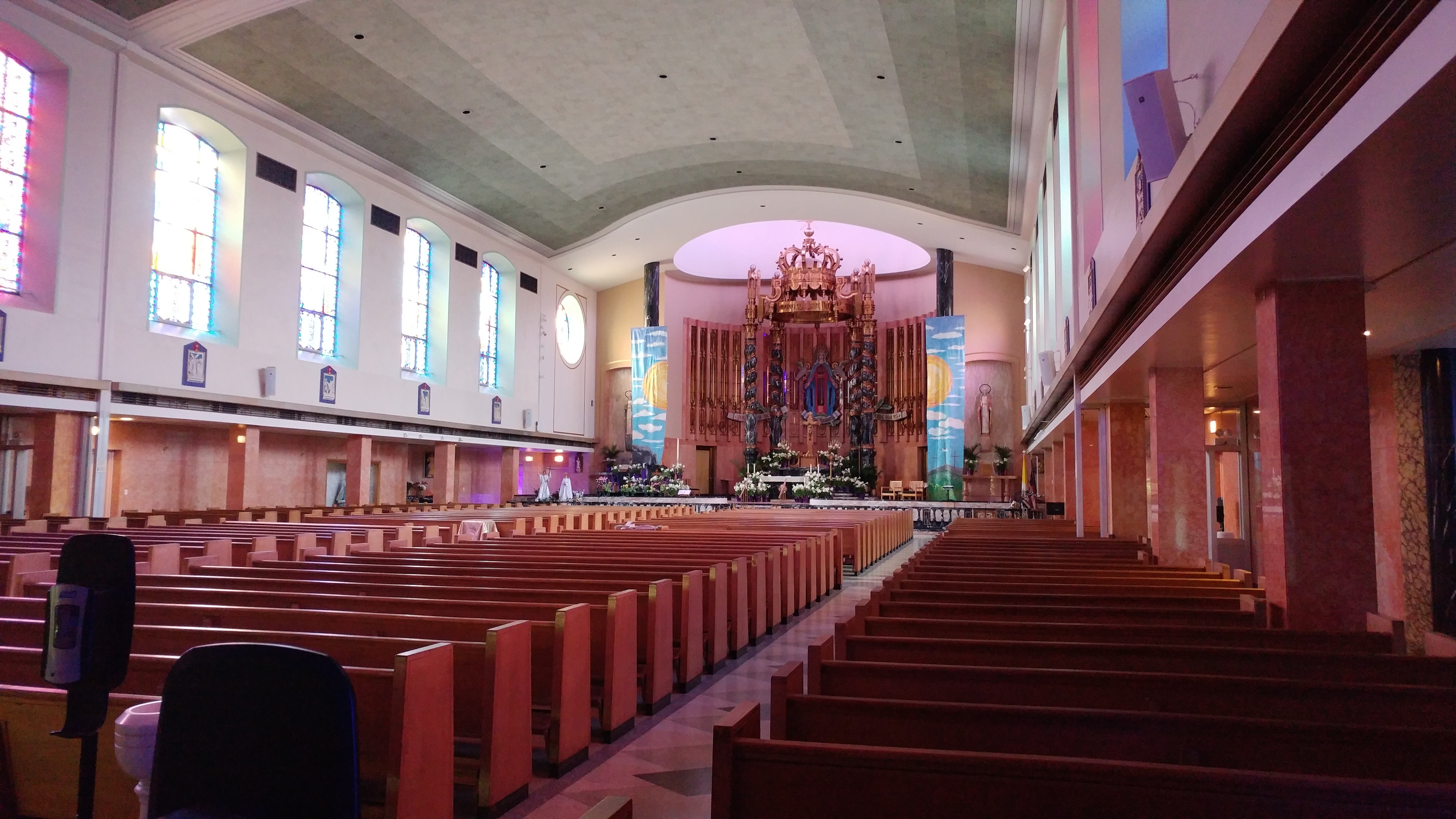





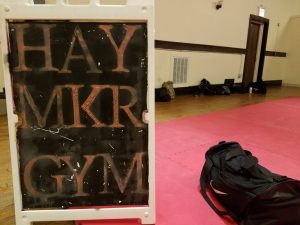
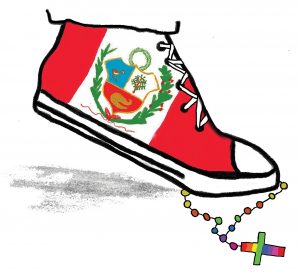
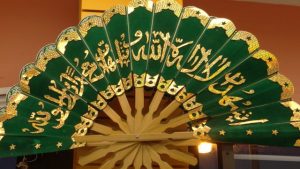

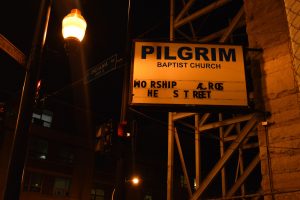
Be First to Comment